Established in 1999, the Masia Blanca Marine Reserve is the main marine protected area on the Costa Daurada. It protects a rocky reef that outcrops in front of Coma-ruga large sandy beach. You can snorkel the shallows near the beach, but a boat trip is required to discover the spot’s most beautiful areas, where scorpionfish, small groupers and moray eels can sometimes be seen.
This spot has been added by

Snorkeling Report's team
Last updated on
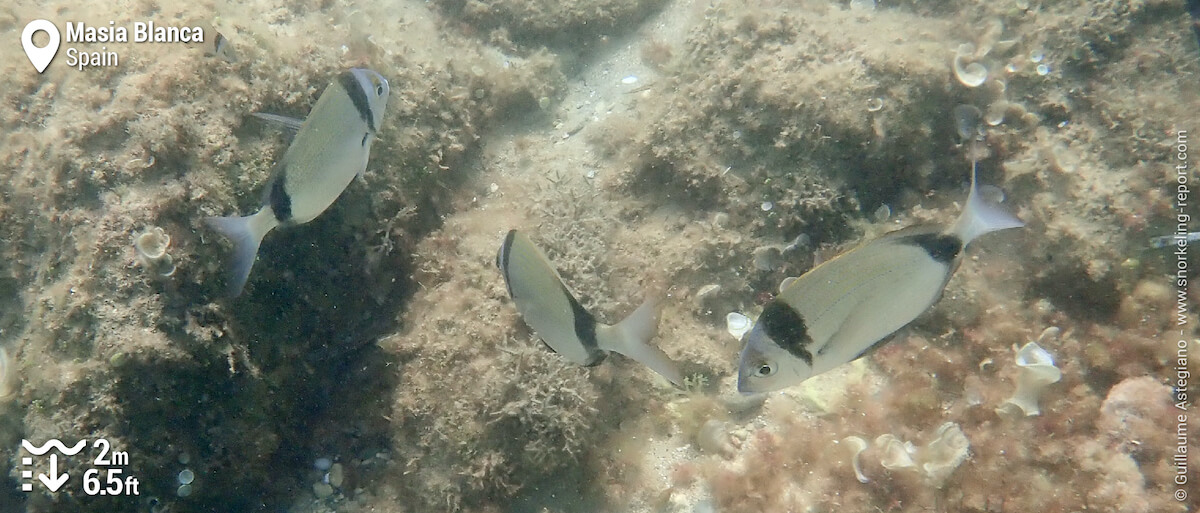
How to get to the Masía Blanca Marine Reserve snorkeling spot
The Masia Blanca Marine Reserve is located in Coma-ruga, about 30km north of Tarragona. To find the reserve, reach this point (located opposite the spot) and park in the nearby streets.
The snorkeling area is not marked with buoys, but you can ask the marine reserve information desk to show you the direction.
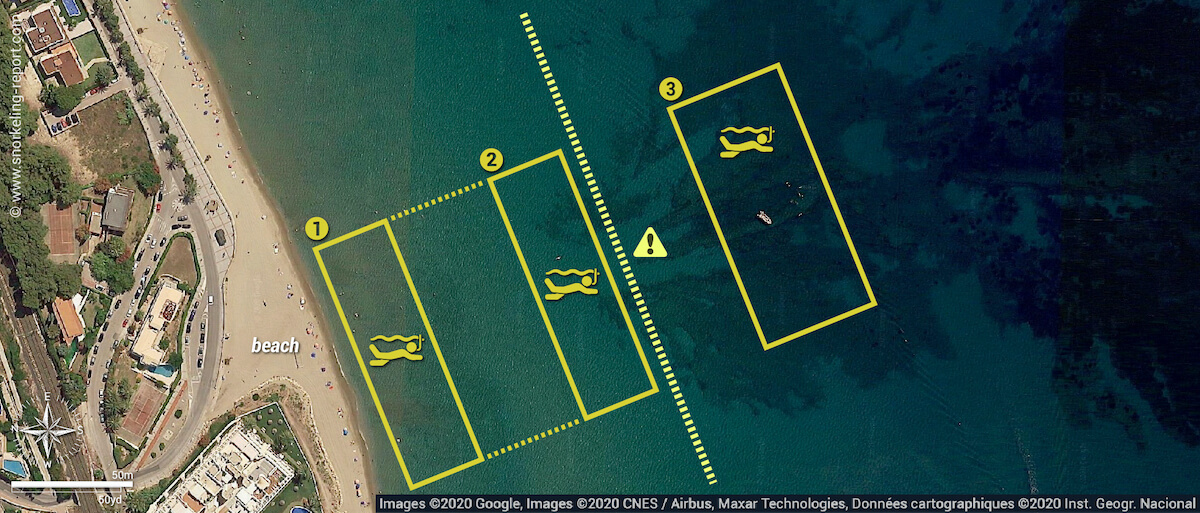
Water entrance for snorkeling Masía Blanca Marine Reserve
Enter the water from the sandy beach, in front of the spot. If you plan to go further than the area near the beach (zone 1 on the map above), take a diving flag with you.
Masía Blanca Marine Reserve snorkeling exploration tips
The Masia Blanca Marine Reserve can be divided into 3 snorkeling areas:
1 / A 40m wide band which extends right in front of the beach (zone 1 on the map).
It has shallow sandy and rocky bottoms (↕2-6ft/0,5-2m) where striped red mullet, wrasse, two-banded seabream and sometimes rarer species like the zebra seabream can be seen. This area is suitable for beginners and children.
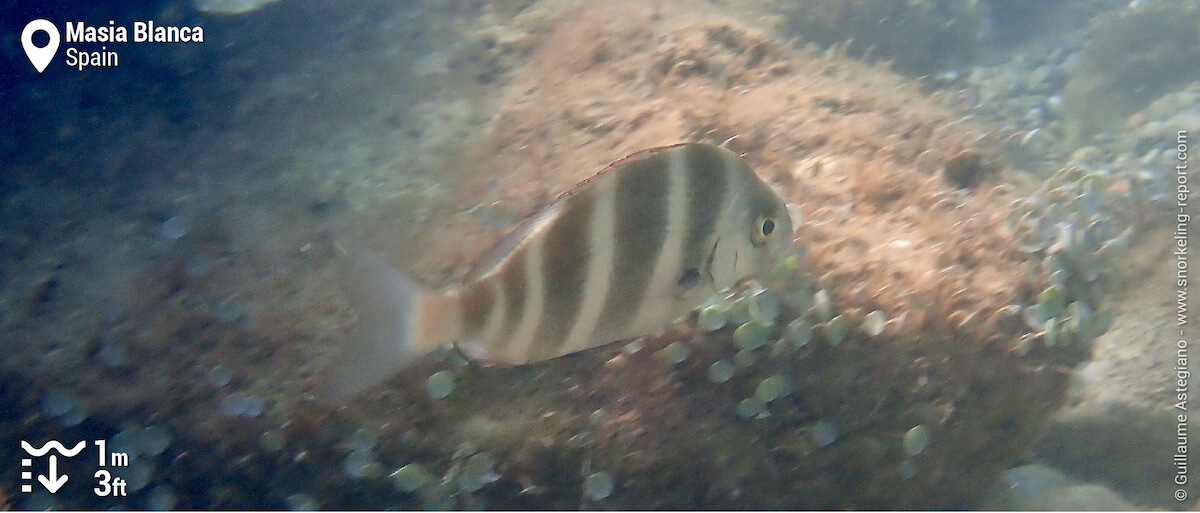
2 / After having snorkeled over large expanses of sand, you will reach the first rocky ridges, which start some 100-130m from the beach (zone 2 on the map). Here, the seabed is rocky, covered with algae and sponges (↕10-15ft/3-5m). This fairly deep area is not recommended if you snorkel only from the surface.
Two banded seabream, sargo and salema are among the most common fish species here. In this area, take a diving flag with you, because boats and jet skis sometimes pass nearby (do not go beyond the line of yellow buoys, which can be seen on either side of the reserve at about 170-180m from the beach).
3 / About 200m from the beach is the heart of the reserve (zone 3 on the map), where rocky ridges and maerl banks (accumulations of coralline algae) are found some 10-12ft/3-4m deep. Due to the distance between the beach and this area (and because boats are frequently seen crossing the area), it is recommended to get there by boat.
Some Coma-ruga operators offer snorkeling tours to the reserve. Here, you can discover the fantastic underwater diversity of Masia Blanca, where moray eels, congers, small groupers and brown meagre are occasionally sighted.
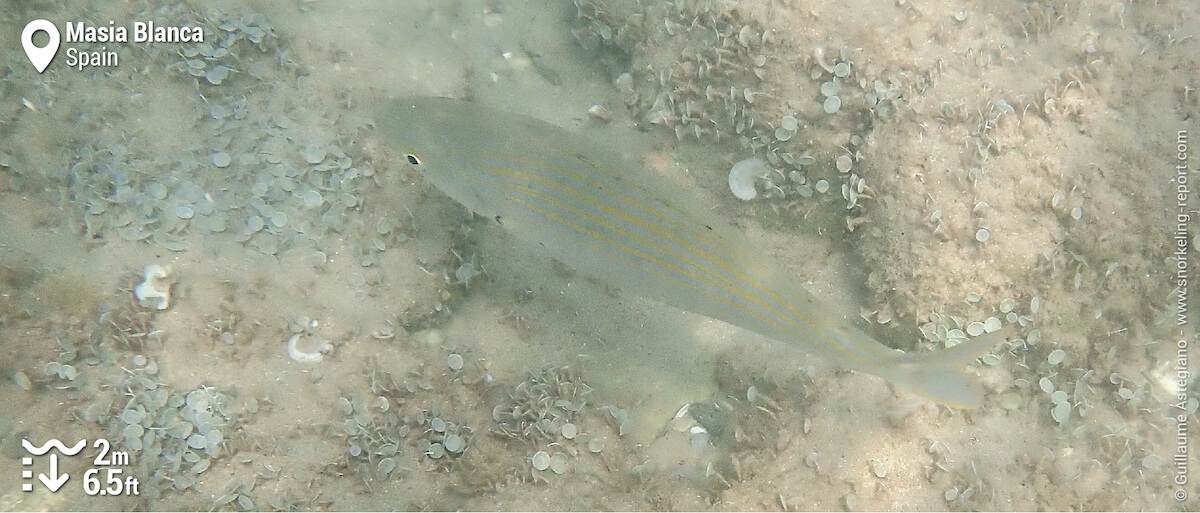
Underwater visibility can be poor in the reserve, located in the middle of a sandy beach and near a stream mouth.
Restaurants and accommodation nearby
There are no restaurants just in front of the spot. Walking or driving towards the center of Coma-Ruga by the seafront, you’ll find several restaurants along the beach and near the port.

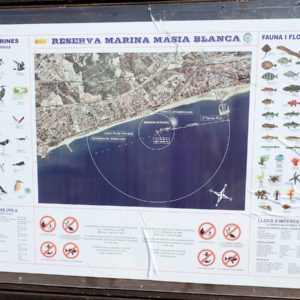
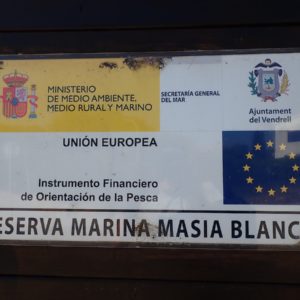
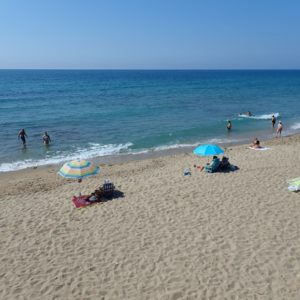
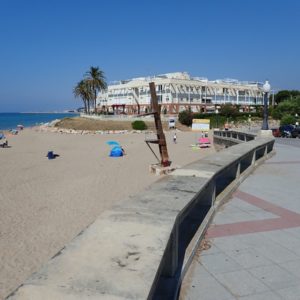
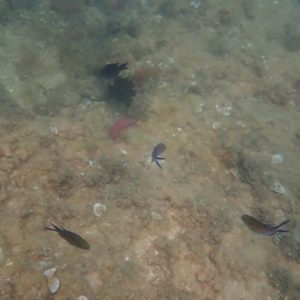
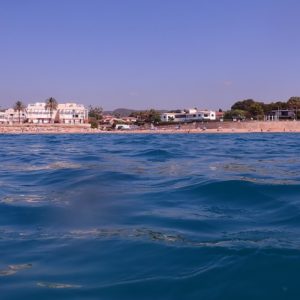
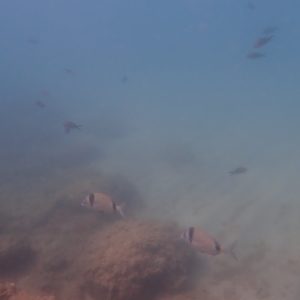


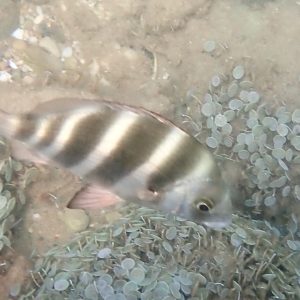
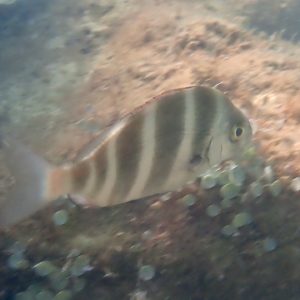
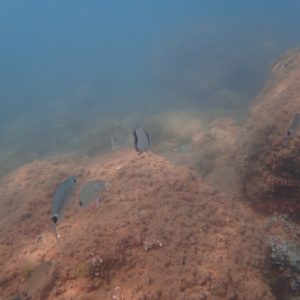
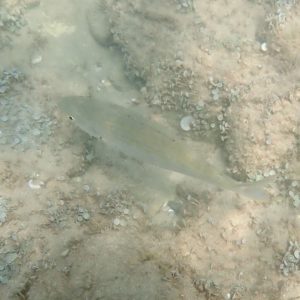
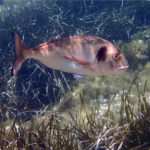
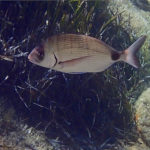
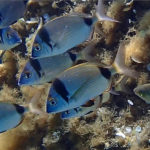
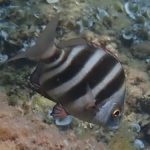
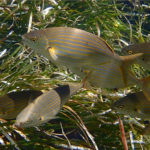
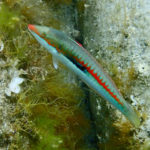
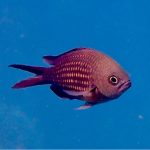
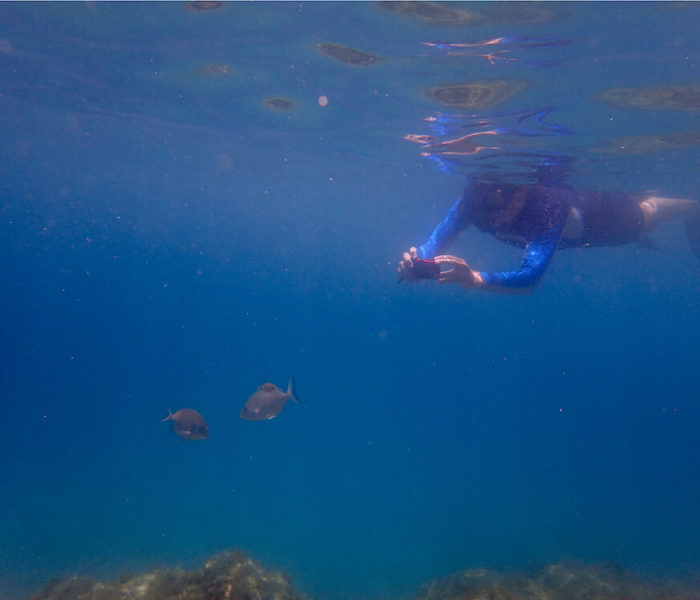
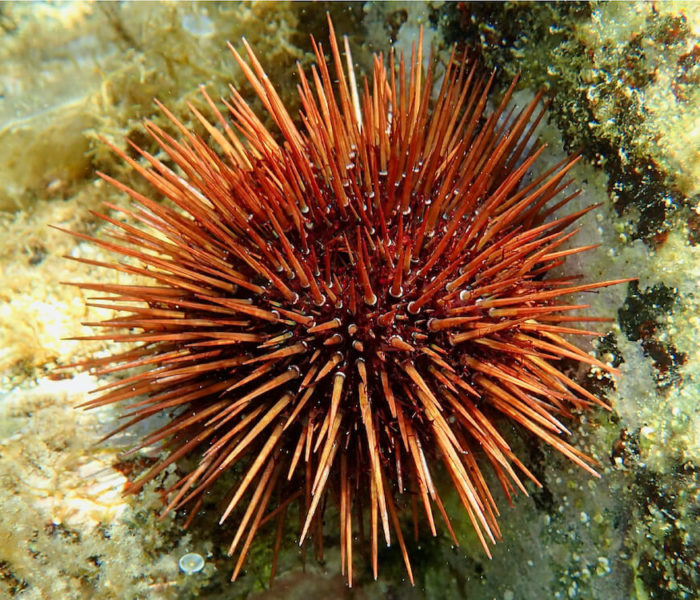
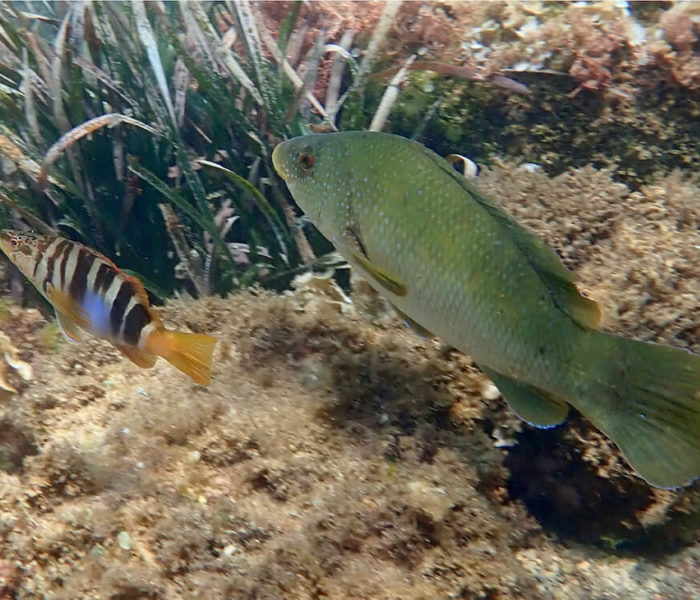
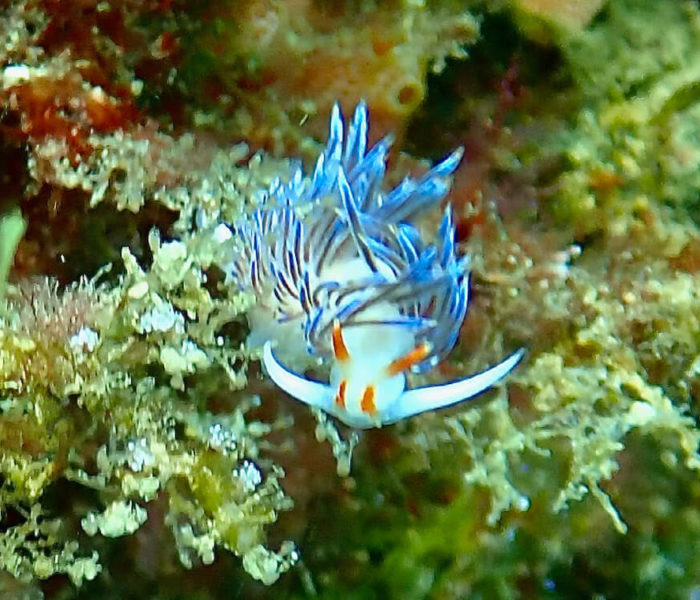
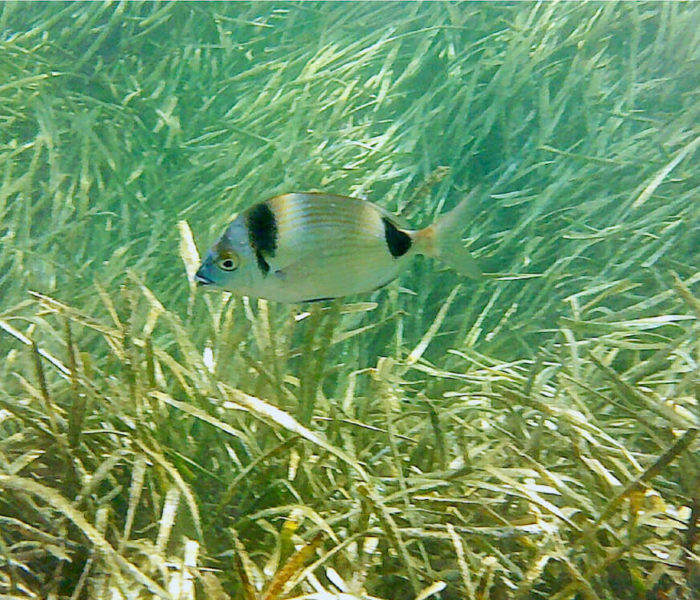
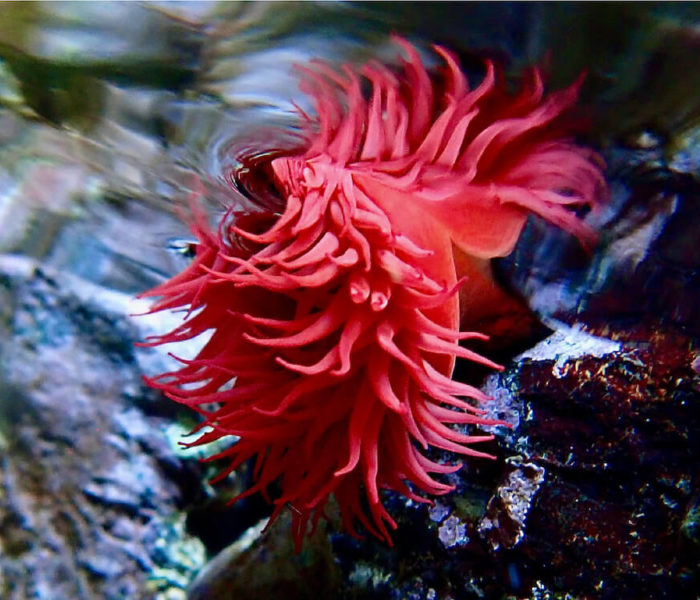
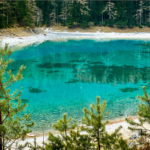
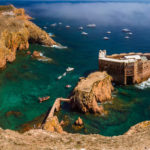
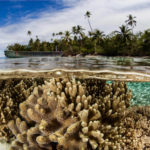
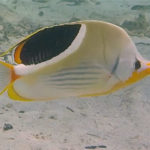
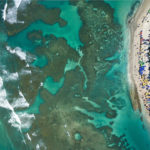
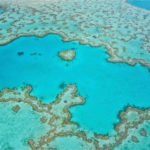
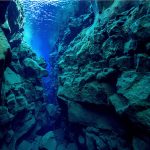
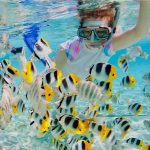
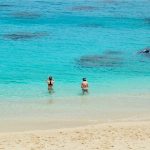
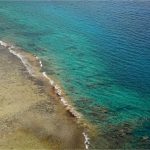
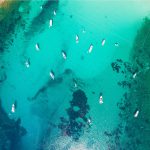
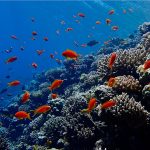
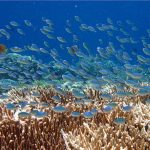

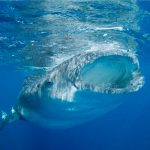
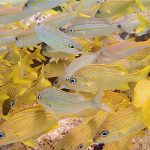
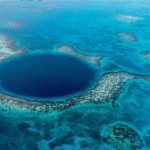
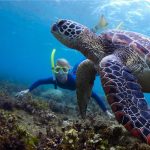
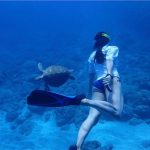
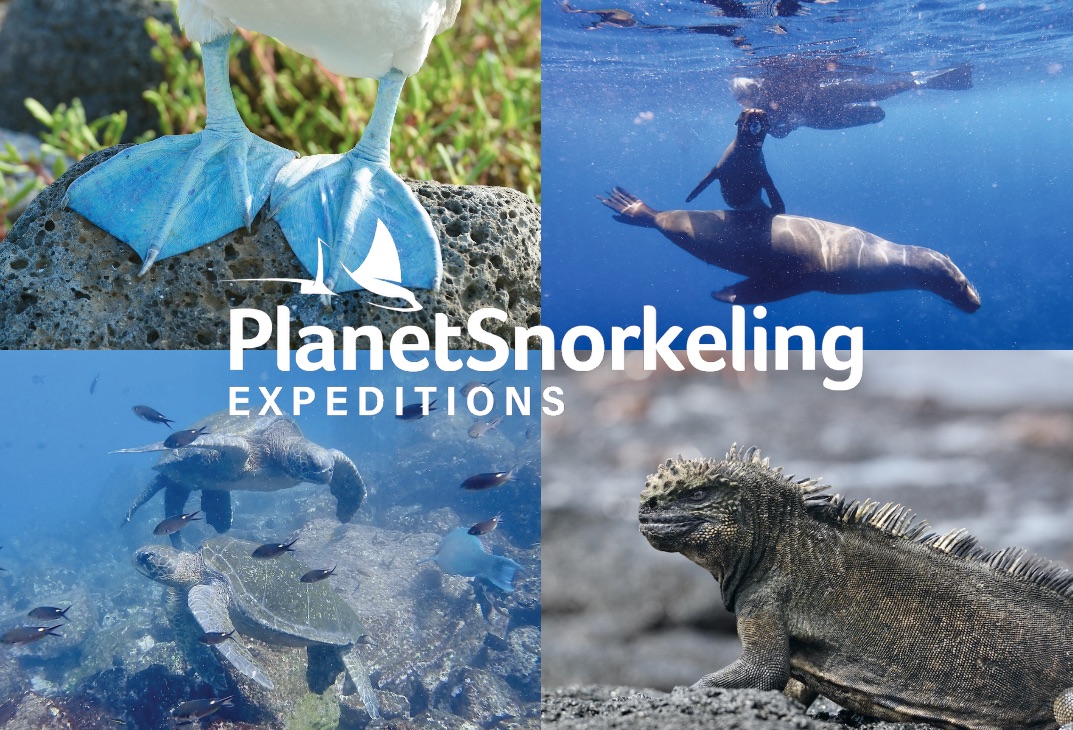
Comments